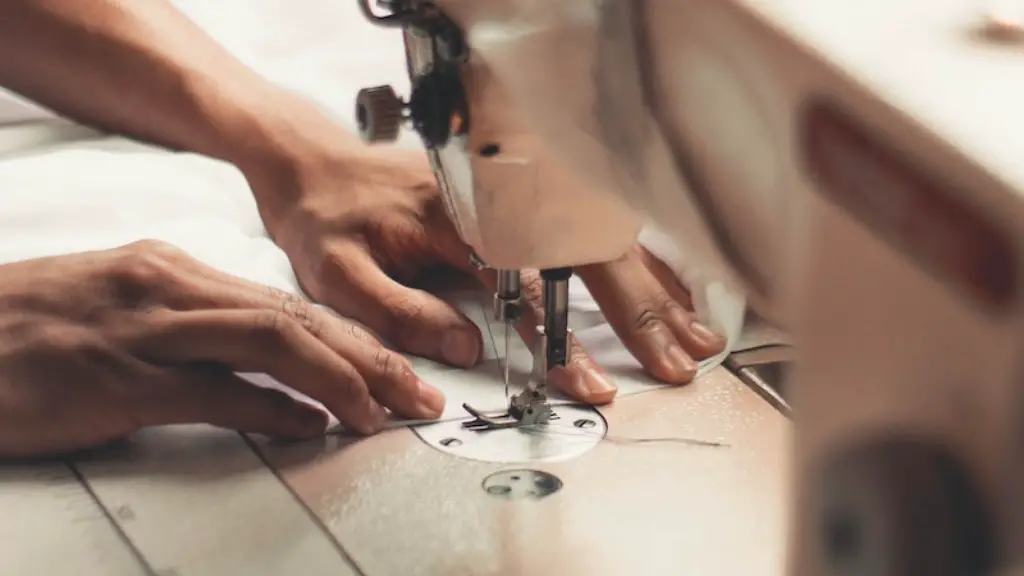Introduction
When it comes to doing alterations on your clothing, hemming your jeans is one of the most basic and essential steps. Hemming can make a world of difference and make your jeans look better and fit better, especially when it comes to skinny jeans. If you have a sewing machine and some other basic tools, it can be a relatively simple procedure that requires little time and effort. In this article, we will go through the basic steps of how to hem skinny jeans with a sewing machine, so you can look your best.
Preparation
Before you can hem your jeans, you need to make sure that you have all of the necessary tools and materials on hand. The most important of these is a sewing machine. You should also have some sewing pins, a measuring tape, fabric scissors, a seam ripper, and a tailor’s chalk. It is also a good idea to have some scrap fabric on hand so that you can practice and make sure you know what you are doing before you start working on the actual jeans.
Measurements
Once you have gathered all of the materials, you need to measure the trousers to make sure that they fit correctly. Start by laying them flat on a table, and measure from the top of the waistband to the length you want them to be. Keep in mind that the original length of the jeans should be about an inch or two longer than the finished length, so you will have some room to work with. Once you know the finished length, mark with tailor’s chalk on the inside of the jeans.
Cutting
Next, you need to cut the excess fabric off. Make sure you are careful and precise when cutting, since this is the most important step. Once it is cut, fold the excess fabric under so that it is approximately the same length as the measurements you have taken. Then, press down the folded fabric with an iron for a better result. You should also use pins to keep the fabric in place as you move.
Sewing
Now it is time to start sewing! Start by setting up the sewing machine. Select the kind of stitching you want to use and the tension of the thread. If you are not sure which type of stitch to use or what tension is best for the thread, you can refer to the user manual or ask for advice from a more experienced tailor.
Once the machine is ready to go, it’s time to start hemming. Start by sewing along the edge of the fold using a straight stitch. Make sure you use a consistent tension and stitch length as you go.
Then, turn over the jeans and sew the other side. Again, use consistency in your stitching. If you are satisfied with the way the stitches look, you can now move on to the finishing touches.
Finishing
The last step is to trim away the excess fabric. Using fabric scissors, cut away any fabric that is left over from the stitching. Make sure you are careful and precise when cutting, as you don’t want to end up with an uneven hem.
When you have finished trimming away excess fabric, you can check that the jeans have been hemmed correctly. If you are happy with the results, press the hem with an iron one more time and you have finished.
Saving the Original Hem
If you wanted to keep the original hem of the jeans, then you can take a different approach to the procedure. Instead of cutting away any excess fabric, you can use an overlock machine or a serger to sew over the original hem. This will give you a much more professional finish. If you do not have access to an overlock machine or a serger, you can use a regular sewing machine and stitch along the original hem with a zigzag stitch.
Conclusion
Hemming your skinny jeans is a relatively easy task, provided you have the right equipment and the right skills. With a sewing machine and a few other pieces of basic equipment, you can transform your skinny jeans into the perfect fit. Follow the steps outlined in this article, and you’ll be well on your way to look your best.


